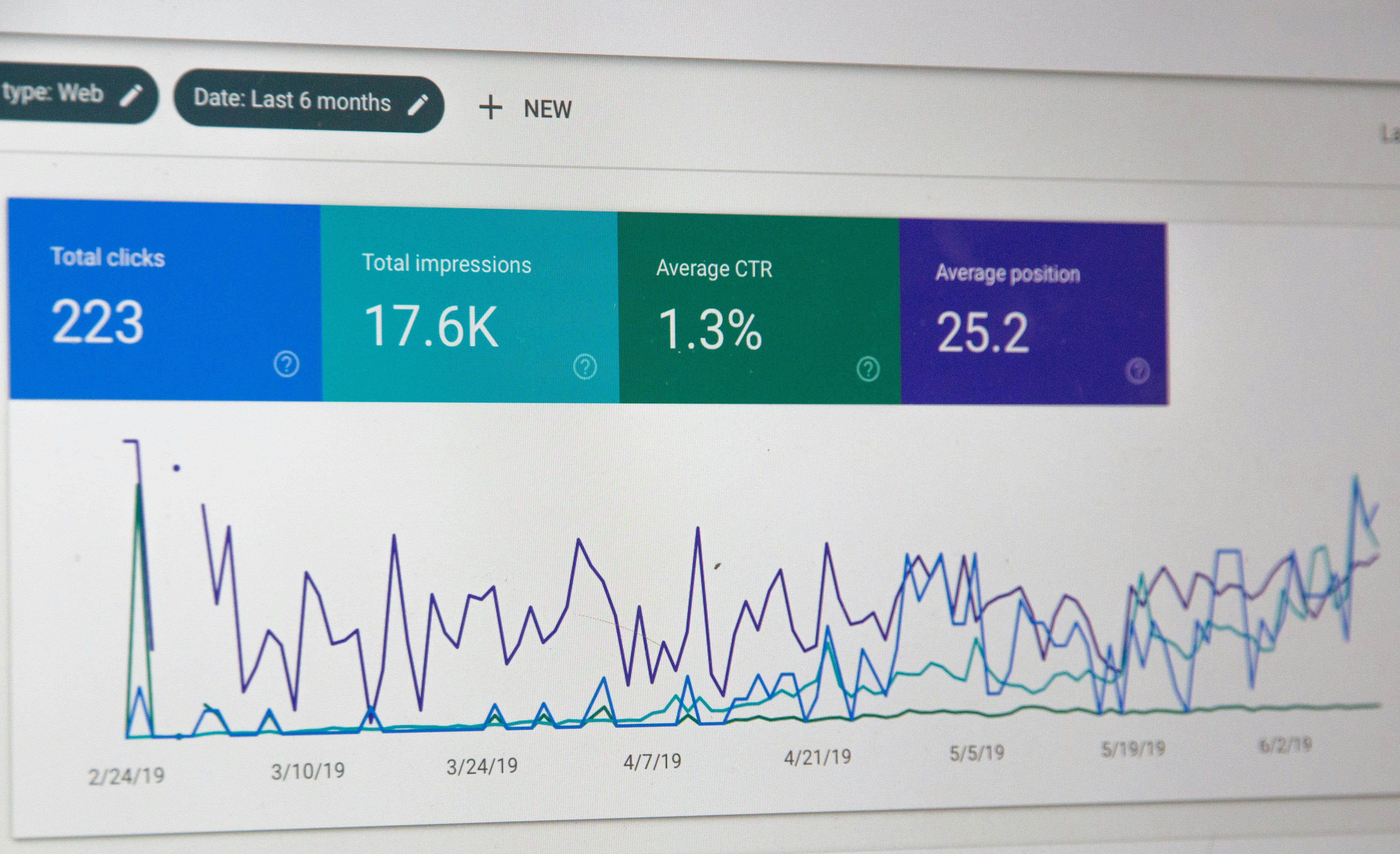Introduction
In the evolving world of today, updating IT systems has become essential for businesses looking to stay competitive and spur growth. IT modernization involves upgrading or replacing technology with more effective solutions. This shift is crucial as it allows companies to tools, like cloud services, API integration, and enterprise software, to their advantage.
Small enterprises especially have a lot to gain from updating their IT systems to ones since it can boost their efficiency, in operations and cut down on expenses while also enhancing their overall performance level. Transitioning from systems to ones not only streamlines processes but also allows these small businesses to quickly adjust to the ever-changing demands of the market. Easy.bi suggests that the advantages of modernizing IT go beyond enhancements; it also promotes a culture of innovation that motivates companies to embrace advanced technologies to strengthen their competitive advantage further in the long run, amidst today's digital landscape.
Enterprise Software Solutions
Enterprise software solutions are essential for businesses looking to modernize today's world of business operations effectively by incorporating diverse functions like accounting, payroll services, and customer relations management, under one unified system. Implementing enterprise software solutions can help small businesses improve their efficiency and accuracy in operations by automating tasks and allowing employees to concentrate on strategic planning and other value-added activities without wasting time on trivial matters.
Furthermore, the utilization of enterprise software solutions offers businesses access to insights and analytics enabling them to make informed decisions grounded in precise data analysis. We determined this advantage by considering how enterprise software solutions can break down barriers and promote teamwork among departments effectively. This comprehensive method allows small businesses to simplify their operations and boost communication for productivity in the run.
Cloud-Based Solutions
Cloud-based options have become a game changer for companies looking to update their IT systems efficiently and effectively. The move to cloud services allows businesses to utilize a variety of tools and software without the hassle of maintaining in-house hardware or dealing with upkeep tasks. Moving to the cloud presents benefits such as scalability and flexibility while remaining cost-effective for businesses who can adjust their operations according to demand without overpaying for unused resources-a perk especially handy for those experiencing varying workloads or seasonal changes in business activity.
Cloud-based solutions also offer security and data protection by incorporating updates and backups to help companies secure their sensitive data and mitigate the chances of data breaches-an essential aspect for small businesses seeking to establish trust with their clientele and business associates.
The Importance of Time Tracking Software
Time tracking software is crucial for updating IT systems. It helps small businesses enhance workforce management and boost productivity by enabling them to oversee employee hours worked and project advancement while efficiently distributing resources. Implementing time tracking tools allows small businesses to gain insights into employee performance and pinpoint areas for improvement effectively. This data-focused method enables managers to make decisions about resource allocation and project timelines, ultimately boosting efficiency.
In addition to that point made earlier about how time tracking tools help improve transparency and accountability in the workplace. It's crucial for employees to feel valued and acknowledged through measurement of their contributions as it boosts their focus and motivation levels significantly, resulting in a positive work atmosphere leading to increased employee satisfaction and retention rates.
API Integration
API integration plays a role in updating IT systems for businesses by facilitating the seamless connection of various systems and applications through Application Programming Interfaces (APIs) which serve as bridges enabling smooth communication and data sharing among different software platforms. By integrating APIs into their systems, small businesses can break down data barriers and gain an overview of their activities. This connection fosters teamwork among departments, allowing employees to retrieve information instantly. In turn, companies can promptly address customer questions, simplify workflows, and provide service.
In addition to that, integrating APIs encourages creativity as it enables companies to integrate cutting-edge technologies and services into their systems easily. This adaptability empowers small enterprises to remain competitive in the market by keeping up with emerging trends and enhancing their products to cater to changing customer demands.
Strategic Decision-Making
Strategic choices are key to running a business, and updating IT systems is vital for making decisions based on data analysis effective for small businesses looking to grow and improve their strategies by using modern tech tools to gain valuable insights. Enterprise software solutions, along with cloud-based platforms, offer companies access to data analytics that allow them to track performance metrics and spot emerging patterns swiftly and accurately. This method based on data empowers business executives to make informed choices grounded in details, ultimately cutting down on the chances of expensive errors.
Small businesses that focus on using data to make decisions are well equipped to adjust to market shifts and take advantage of chances for growth and success as suggested by Easy.bis analysis. By aligning their plans with the information gained from data analysis, these enterprises can improve their processes, elevate customer satisfaction, and secure long-term development.
Advice for a Small Business: Tips on Updating Your IT Systems
Small businesses starting the process of updating their IT systems must plan meticulously. Execute strategies thoughtfully from the get-go. The initial phase involves assessing the IT setup to pinpoint any areas in need of enhancement or substitution. In planning their upgrades and changes for the future, companies must consider their objectives and financial limitations. It's essential to concentrate on strategies that match the company's plans and offer advantages. Seeking assistance from IT advisors or specialists can offer advice. Guarantee a seamless shift in operations.
Small businesses should promote a culture of learning and innovation to thrive in today's era by urging employees to embrace new technologies and keep up with industry trends for successful IT modernization efforts in an adaptable and growth-oriented environment.
RAG Architecture for Enterprise Search
In the realm of enterprise search technology lies the RAG architecture-a system that boosts the productivity and impact of information retrieval in businesses. RAG (Retrieval Augmented Generation) merges the capabilities of search engines with cutting-edge machine learning methods to deliver results. Small businesses can benefit from this system by accurately accessing information to improve decision-making and problem-solving abilities. This architecture helps enhance enterprise search capabilities using RAG technology to make it simpler for employees to find necessary information for efficient task execution.
Furthermore, the RAG structure facilitates natural language comprehension, which permits individuals to locate data via discussions. This welcoming technique diminishes the time needed for staff to pick up on it and pushes for acceptance of exploration tools.
Setting Smart Goals
Setting goals is a component of successful IT modernization projects; these goals should be measurable and achievable within a set timeframe to help companies navigate their modernization endeavors effectively and efficiently. Establishing achievable objectives allows small businesses to concentrate their resources on projects that match their focus areas effectively. Setting goals serves as a guide for updating IT systems and guarantees that companies remain aligned with their plans while reaching their intended results within the allotted time frame.
Additionally, setting objectives promotes accountability and transparency in the company. By monitoring progress and assessing outcomes, firms can pinpoint areas needing enhancement and adapt their modernization plans accordingly.
Conclusion
In summary-upgrading IT systems offers businesses opportunities to excel in today's digital landscape through adopting advanced software tools and integrating cloud-based services along with API connections to boost productivity and expand operations effectively. Utilizing time management software along with the RAG framework in search operations enhances efficiency and decision-making skills significantly. Through establishing objectives and promoting an environment of creativity and originality, smaller companies can confidently maneuver through the challenges of updating their IT systems.
Embracing IT modernization goes beyond a tech upgrade for businesses-it's a strategic move that sets the stage for future success by enabling flexibility and adaptability to grab new opportunities and tackle obstacles for sustainable growth in an ever-changing business environment.

.avif)










